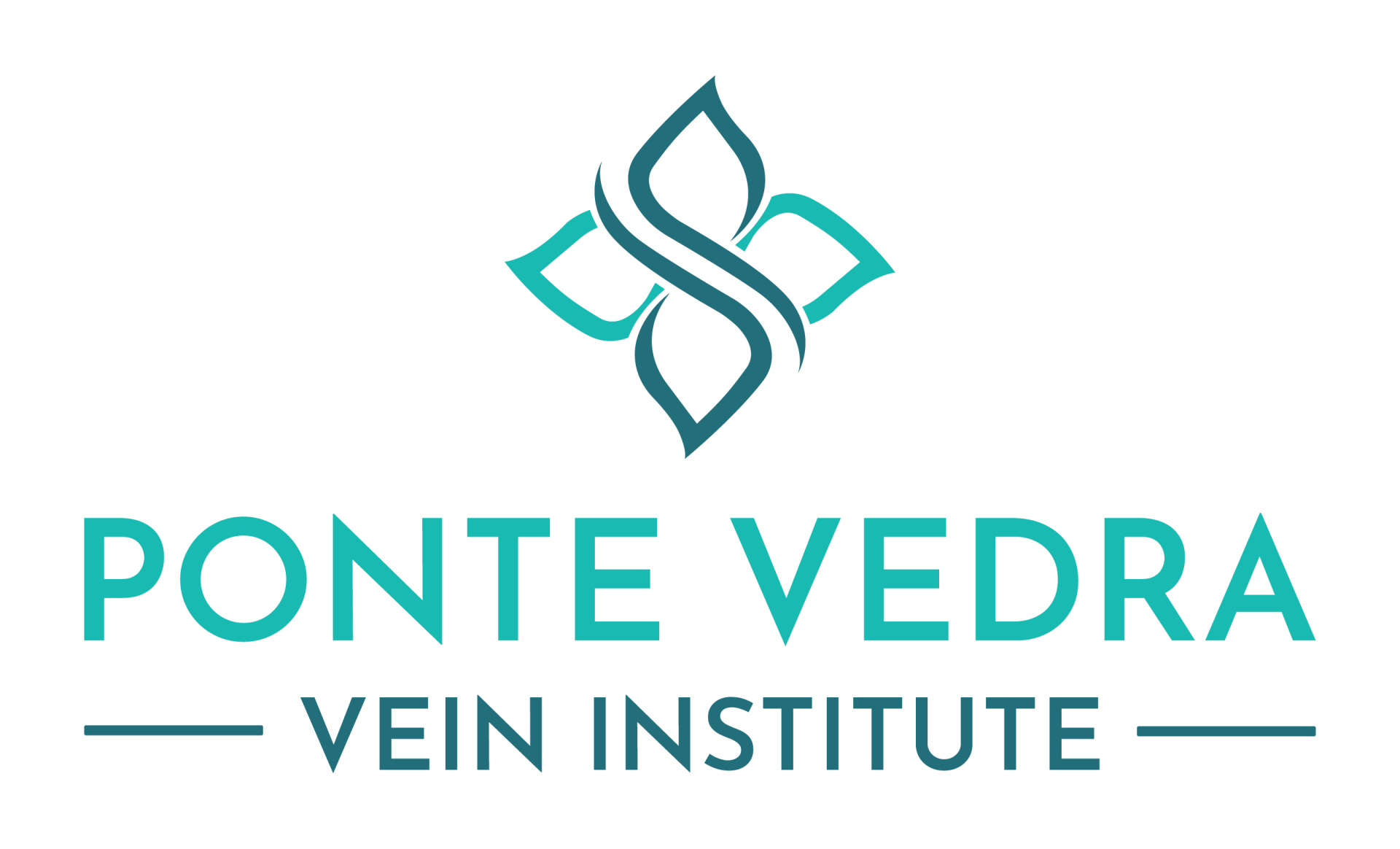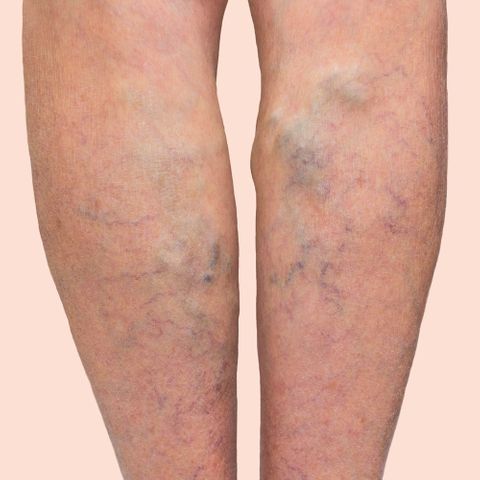MEDICAL TREATMENTS
OUR PATIENTS ARE OUR PASSION
Venous Disease
Approximately 27 percent of American adults have some type of venous disease in their legs, according to the Vascular Disease Foundation. This equates to an estimated 20 to 25 million people in the U.S. who suffer from one of many serious venous diseases and disorders, and the numbers are even higher among older Americans. At Ponte Vedra Vein Institute, we specialize in diagnosing and treating the entire spectrum of venous disease.
Causes
Venous disease results when veins’ walls and valves are damaged or weak and do not function properly. Normally, valves in veins and muscles work together to move blood forward to the heart. Muscles contract to squeeze the blood along; when they relax, valves prevent the blood from moving backward. When a venous disorder or disease is present, valves can be too weak to perform their normal function, allowing blood to pool or flow in both directions. Venous or vascular disease is associated with a number of issues.
Types of Venous Disease Include:
Causes
Symptoms of venous or vascular problems in the legs include:
- Swelling or changes in the skin
- Aching, burning sensations, fatigue, itching, or feelings of heaviness
- Pain or cramping in the calves
- Leg ulcers
- Enlarged or varicose veins
Left untreated, venous disease can worsen and become more severe. Some conditions—such as deep vein thrombosis, or blood clots that can break loose and travel to the lungs—can even be life-threatening. Medical care for venous issues should be sought as soon as possible.
Pelvic Veins
What is pelvic congestion syndrome?
Pelvic congestion syndrome (PCS) may also be referred to as pelvic venous congestion syndrome (PVCS), ovarian vein reflux, or ovarian vein and pelvic varices. The chronic pain of PCS may be caused by varicose veins in the thigh, or vaginal or buttock regions.
As with varicose veins, veins in the pelvic area may become less elastic or the valves that prevent blood from flowing backwards become weakened. This allows blood to pool and the vein to enlarge.
Unlike many varicose veins that are easily seen on the skin’s surface, the veins involved with PCS may be more difficult to detect. It’s important to seek treatment from specially trained vascular and interventional radiology specialists who can accurately diagnose PCS and recommend the most appropriate treatment.
Signs and symptoms of pelvic congestion syndrome:
When a vein’s valves are compromised or the vein is enlarged due to a loss of elasticity, patients may experience one or more of these symptoms:
- Pain or aches in the lower abdomen or pelvic area
- A sensation of fullness in the legs
- Pain that worsens when lifting or standing
- Pain that worsens as the day goes on, then lessens after a night’s sleep
- Urinary symptoms, such as worsened stress incontinence
Some pregnant women develop the condition, which can continue after pregnancy. Symptoms may also coincide with a woman’s menstrual cycle as hormone levels fluctuate.






